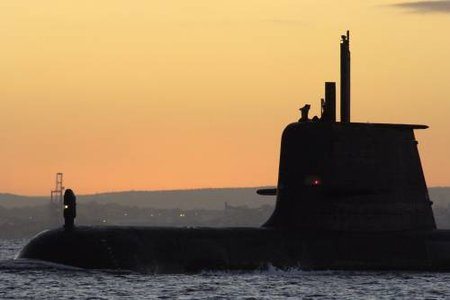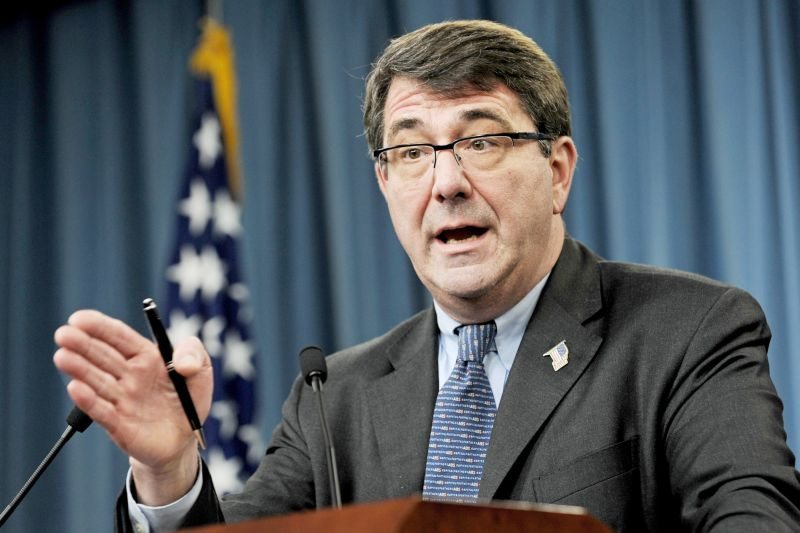Funds must be allocated in the May budget for early design work on Australia’s next submarine if a serious capability gap is to be avoided, Defence experts have said. Time is running out if new submarines are to be in operation by 2025 the date proposed in the latest Defence Capability Plan update.
That plan and the 2009 Defence White Paper calls for the construction of 12 new submarines at a cost of at least $36 billion. They would replace the six Collins class submarines currently in service.
Experts from the Australian Strategic Policy Institute have said that given this will be Australia’s most expensive ever weapons program and a similar spend to the National Broadband Network pressure from the Government and voters for sound planning and effective delivery would be intense.
Defence insiders have already said, off-the-record, the Navy is dreaming if it expects the Government to sign off on the 12-boat plan this year.
Mark Thomson, the director of budget and maintenance at the Australian Strategic Policy Institute, said the Government needed to use the budget to get the project moving.
A failure to do so would likely result in the existing boats reaching the end of their effective lives before their replacements were ready to put to sea.
This had happened in the transition from the old Oberon class boats to the Collins class between 1992 and 2003.
While Defence had started winding back the use of the outdated O-boats in the early 1990s, the Collins class boats were not fully operational until 2003.
Andrew Davies, ASPI’s operations and capability director, said this created a decade-long capability gap that had seen many experienced submariners lost to the fleet.
The Collins class boats have been plagued by crew shortages ever since.
Mr Thomson, who worked with Mr Davies on a discussion paper on the submarine replacement issue that was released late yesterday, said the Government was due to make a ”first pass decision on the shape and size of the next submarine fleet in the next two years”.
Once that was done, the initial design work expected to cost between $500 million and $1 billion could begin.
The problem is that at the moment Defence does not have the information it needs to make informed recommendations to Government he said.
Mr Davies agrees. ”You need to understand the true costs and benefits if you are to do an informed cost benefit analysis,” Mr Davies said. He said Defence had a history of playing down costs while playing up benefits.
At this point, despite the White Paper recommendations, the only certainties surrounding the next generation of submarines is that they will be conventionally powered and they will be built in Adelaide.
Political factors have at least partly driven those parameters.
The size of the boats, the numbers to be built and the tasks they should be required to perform are yet to be determined, Mr Davies said.
He described the White Paper recommendation as an ”ambit claim” and questioned the need for the submarines to be able to deploy special forces units.
Mr Davies said it was difficult to conceive of a circumstance under which the need to land a small group of men on a beach would justify placing a $3 billion submarine at risk. Meanwhile, others haven’t given up the fight for the nuclear option. Graham Harris, the president of The Navy League, has called for nuclear power to remain under consideration.
[Download not found]











